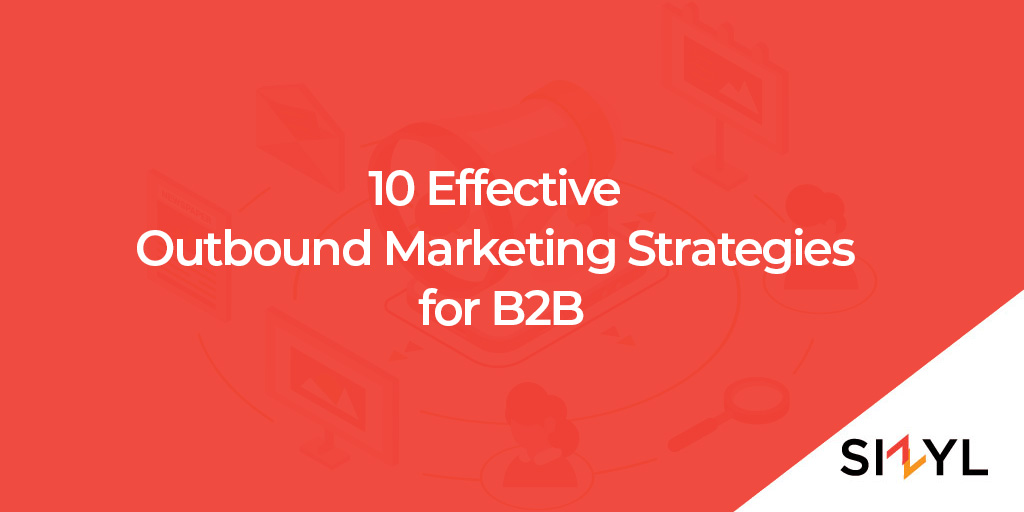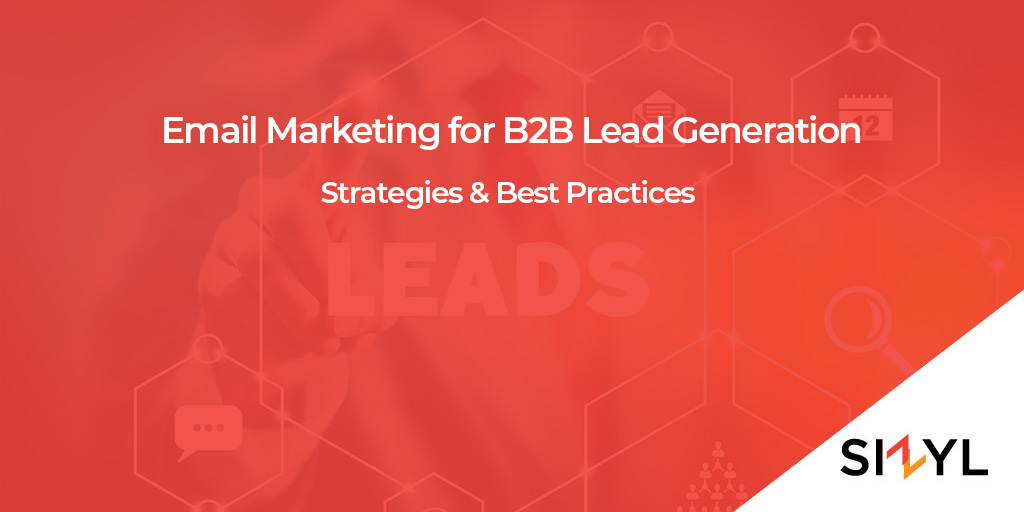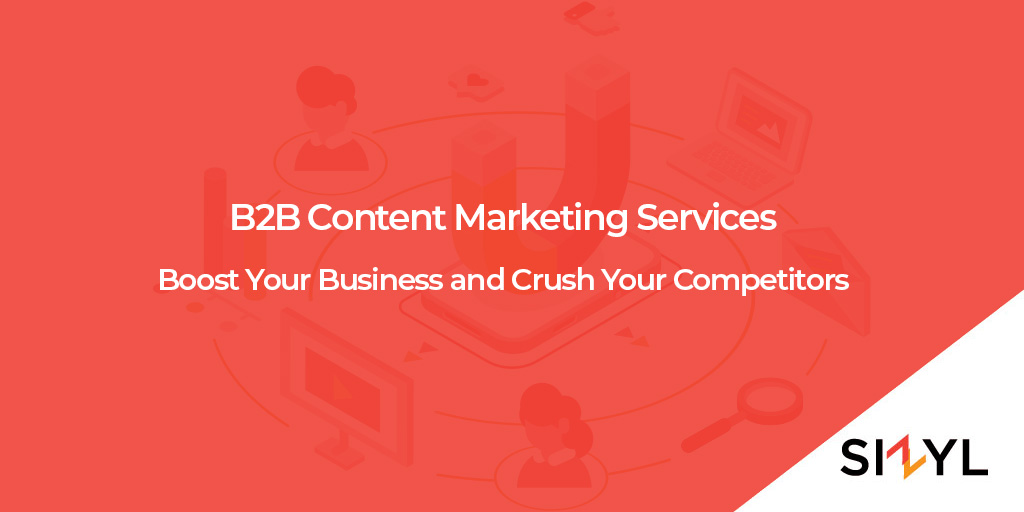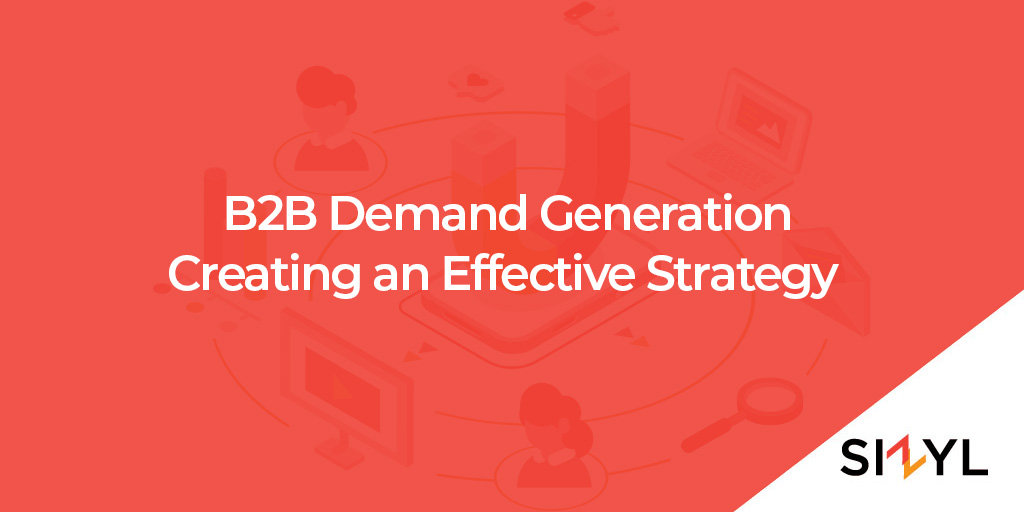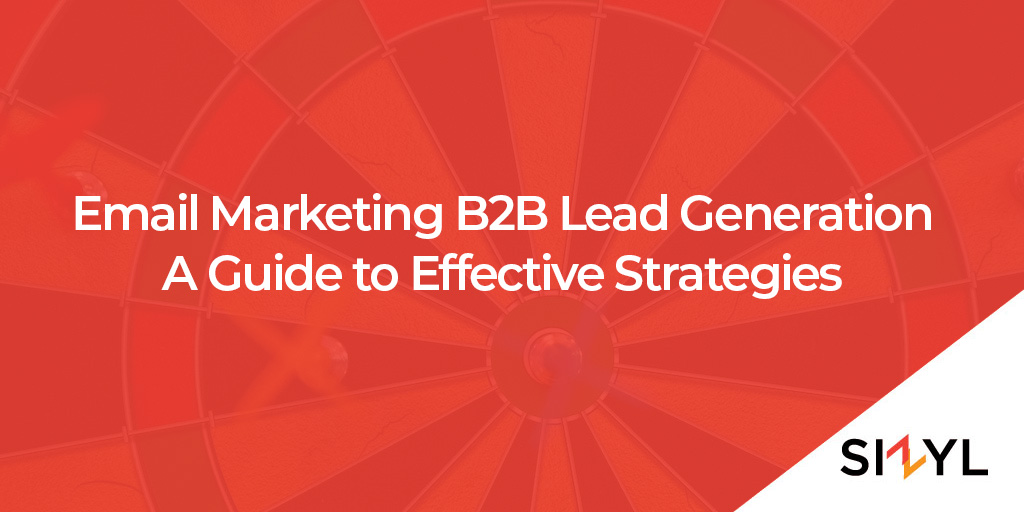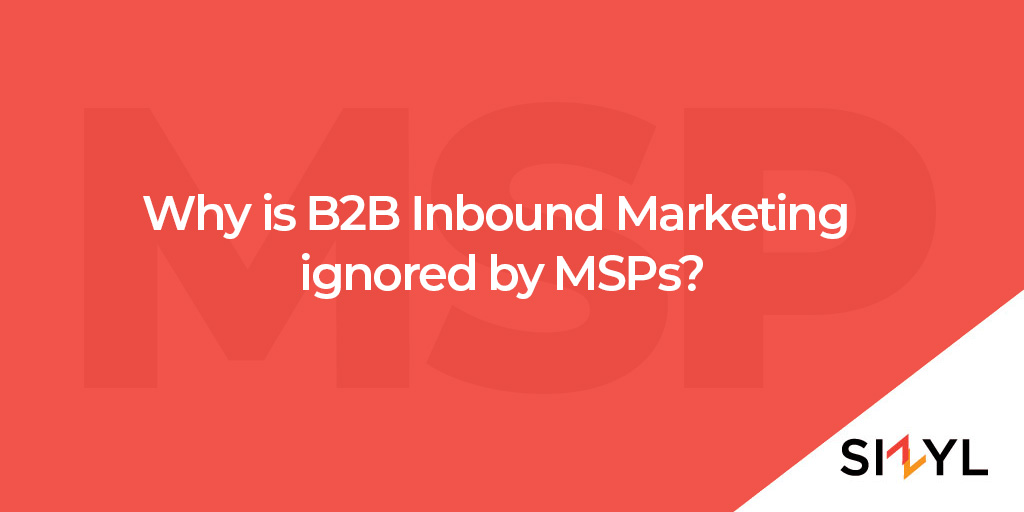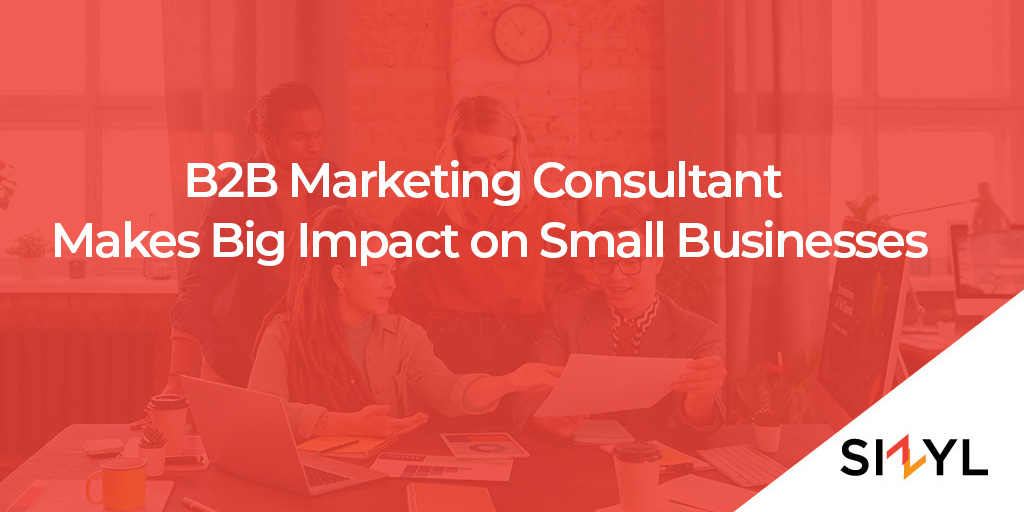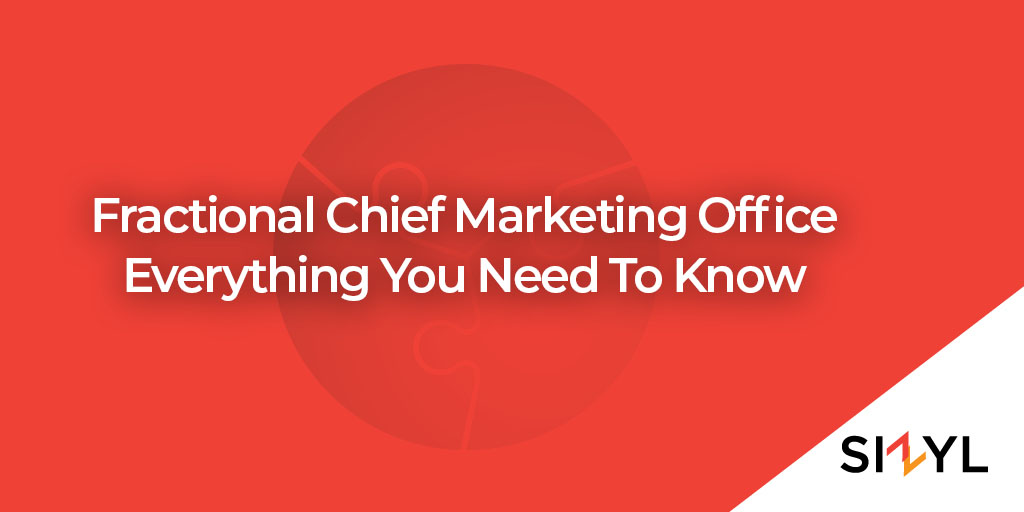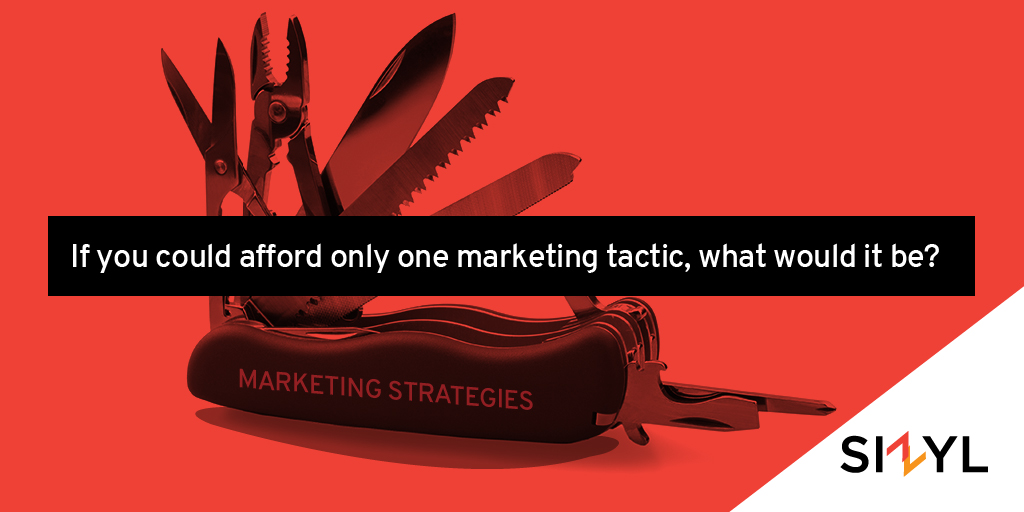In today’s highly competitive business landscape, B2B outbound marketing is crucial in driving growth, expanding reach, and generating valuable leads. To achieve remarkable success, you must adopt proven strategies that captivate your target audience and outperform your competitors. In this comprehensive guide, we present the top 10 outbound marketing strategies for B2B that can fuel your business growth and help you outrank your competitors in the ever-evolving digital realm.
Personalized Email Campaigns: Creating Lasting Connections
Building authentic connections with potential clients is the cornerstone of effective B2B outbound marketing. Personalized email campaigns have become a powerful tool for nurturing relationships and driving conversions. By segmenting your audience, tailoring your messaging, and employing dynamic content, you can deliver relevant and engaging email experiences that resonate with your prospects, ultimately increasing open rates, click-through rates, and overall ROI.
2. Engaging Webinars: Inform, Educate, and Inspire
Webinars have gained significant popularity as a highly engaging and educational B2B outbound marketing platform. Hosting webinars allows you to showcase your expertise, share valuable insights, and establish yourself as a thought leader within your industry. By providing actionable takeaways and fostering interactive discussions, you can attract a targeted audience, generate quality leads, and build trust among potential clients. These reasons are why webinars are important in your outbound marketing strategies for b2b.
3. Compelling Content Marketing: Fueling Organic Growth
Content marketing remains pivotal in any successful outbound marketing for B2B strategy. Creating high-quality, informative, and valuable content establishes credibility, engages your audience, and enhances your website’s visibility. Implementing a robust content marketing plan incorporating keyword research, optimized meta tags, and captivating storytelling can help you climb the search engine rankings and drive organic traffic to your website.
4. Social Media Advertising: Amplifying Your Reach
Social media platforms have become integral to outbound marketing strategies for B2B. Social media advertising enables you to expand your reach, target specific demographics, and connect with decision-makers in your industry. By crafting compelling ad copy, utilizing eye-catching visuals, and leveraging advanced targeting options, you can drive traffic to your website, generate leads, and increase brand awareness.
5. Influencer Partnerships: Leveraging Authority and Trust
Collaborating with influential individuals in your industry can significantly enhance your B2B outbound marketing efforts. By identifying and partnering with thought leaders, industry experts, or relevant influencers, you can tap into their established networks, amplify your brand’s visibility, and gain access to new audiences. These partnerships create a powerful endorsement that boosts your credibility, expands your reach, and fosters trust among potential clients.
6. Account-Based Marketing (ABM): Hyper-Personalization for Success
Account-Based Marketing (ABM) targets specific companies or key accounts with highly personalized marketing campaigns. By tailoring your messaging, content, and outreach efforts to your target accounts’ specific needs and pain points, you can deliver a hyper-personalized experience that resonates with decision-makers. ABM helps you establish stronger relationships, increase conversion rates, and maximize the effectiveness of your B2B outbound marketing initiatives.
7. Search Engine Optimization (SEO): Your Gateway to Visibility
An effective B2B outbound marketing strategy should include a well-executed SEO plan to improve your website’s visibility in search engine results. Conducting thorough keyword research, optimizing on-page elements, improving site speed, and implementing a comprehensive backlink strategy are crucial to achieving higher search engine rankings. By consistently monitoring and optimizing your SEO efforts, you can outrank your competitors and attract qualified leads to your website.
8. Interactive Content: Driving Engagement and Conversions
Interactive content has gained significant traction in recent years due to its ability to captivate audiences and drive higher engagement rates. Incorporating interactive elements such as quizzes, assessments, calculators, and infographics into your B2B outbound marketing strategy can effectively educate your prospects, encourage participation, and generate valuable leads. Interactive content enhances the user experience and provides valuable insights for your sales team.
9. Remarketing Campaigns: Maximizing Conversion Opportunities
Remarketing campaigns offer a powerful way to re-engage potential clients who have shown interest in your products or services. You can target these prospects with customized ads across various platforms by placing pixel-based tracking codes on your website. Remarketing campaigns help reinforce your messaging, remind prospects of their initial interest, and increase the likelihood of conversion by staying top of mind throughout their decision-making process.
10. Data-Driven Decision Making: Measure, Analyze, and Optimize
To continuously improve your outbound marketing strategies for B2B, it is vital to embrace data-driven decision-making. By tracking and analyzing key performance metrics, such as click-through rates, conversion rates, and customer acquisition costs, you can gain valuable insights into the effectiveness of your campaigns. This data empowers you to make informed optimizations, refine your messaging, and allocate your resources efficiently to achieve maximum results.
In today’s fiercely competitive business landscape, implementing effective outbound marketing strategies for B2B is essential for driving growth, expanding reach, and generating valuable leads. You can achieve remarkable success by adopting proven tactics that captivate your target audience and outperform your competitors.

